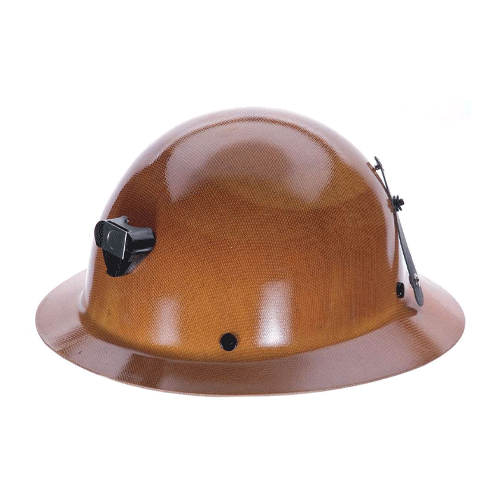Supplier of Protective Clothing for Weed Eater Operations and Safety Gear
The Importance of Safety Clothing for Using a Weed Eater
When it comes to maintaining a pristine landscape, a weed eater, also known as a string trimmer, is an indispensable tool. With its ability to easily trim grass and weeds in hard-to-reach areas, it enhances the aesthetic appeal of gardens and lawns. However, using this powerful equipment does come with certain risks, making safety clothing an essential consideration for anyone who operates a weed eater. In this article, we will explore the importance of safety clothing, the key components of protective gear, and how to choose the right supplier.
Understanding the Risks of Operating a Weed Eater
Operating a weed eater can be a straightforward task; however, the risks should not be underestimated. The high-speed rotating strings can fling debris, including rocks, twigs, and potentially sharp objects, at life-threatening speeds. Furthermore, the sound produced by a weed eater can reach levels that may cause hearing damage over time. Factors such as overexertion, exposure to the sun, and the use of toxic chemical fertilizers can also pose health risks to operators if proper precautions are not taken.
Key Components of Safety Clothing
1. Protective Eyewear One of the most critical pieces of safety gear is protective eyewear. Safety goggles or face shields can protect the eyes from flying debris, which can cause severe injuries. It is crucial to select eyewear that is impact-resistant and provides a tight seal around the eyes.
2. Head Protection A hard hat or helmet should be worn to safeguard the head from falling objects, especially when working in areas with overhead branches or debris. Look for helmets that come equipped with a face shield for added protection.
3. Hearing Protection As weed eaters can produce noise levels exceeding 80 decibels, wearing hearing protection is vital. Earplugs or earmuffs can help prevent hearing loss associated with prolonged exposure to loud equipment.
4. Long-Sleeved Shirts Opt for long-sleeved shirts made from durable, breathable materials. This helps protect the skin from cuts and scrapes, as well as exposure to harmful UV rays if working under the sun for extended periods.
5. Pants Protective pants made from cut-resistant materials can also safeguard the legs from flying debris. Many suppliers offer reinforced pants specifically designed for outdoor power equipment operators.
6. Gloves Wearing gloves not only provides grip while operating the equipment but also protects the hands from cuts, scratches, and exposure to chemicals.
weed eater safety clothing supplier

7. Sturdy Footwear Steel-toed boots are recommended to protect the feet from falling objects, as well as providing traction on uneven terrain. Slip-resistant soles are also essential for stability while working.
Choosing the Right Supplier for Safety Clothing
When it comes to selecting a supplier for safety clothing, quality should be the top priority. Here are some tips for choosing the right provider
1. Certification and Standards Ensure that the supplier adheres to industry standards for safety clothing. Look for certifications from recognized organizations that validate the quality and effectiveness of their gear.
2. Range of Products A reputable supplier should offer a comprehensive range of safety clothing options to cater to different needs and preferences.
3. Customer Reviews Investigate customer feedback and testimonials to gauge the supplier's reputation. Reviews from other users can provide valuable insights into the products' durability and effectiveness.
4. Expert Guidance A good supplier will have knowledgeable staff to advise on the most suitable safety clothing options based on individual requirements and working environments.
5. Affordability without Compromise While safety clothing is an investment in personal protection, it is important to find a supplier that offers competitive pricing without compromising on quality.
Conclusion
In summary, safety clothing is essential for anyone operating a weed eater. The potential hazards associated with using such equipment highlight the need for protective gear that can minimize risks. By investing in high-quality safety clothing from a reputable supplier, you can ensure that your outdoor maintenance tasks are performed safely and effectively. Remember, safety is not just a requirement; it’s a responsibility.
-
Wholesale Safety Helmets - Cheap OEM Supplier China Manufacturer
NewsMay.30,2025
-
Top Safety Helmet Manufacturers in Japan - Durable & Certified
NewsMay.30,2025
-
Affordable 3M Safety Helmets in Pakistan Bulk Pricing & Factory Deals
NewsMay.30,2025
-
Affordable HDPE & EN397 Hard Hats - Safety Certified, Bulk Deals
NewsMay.29,2025
-
FDA-Compliant Food Safety Clothing Suppliers Health Dept Approved
NewsMay.29,2025
-
adidas safety clothing
NewsMar.07,2025
